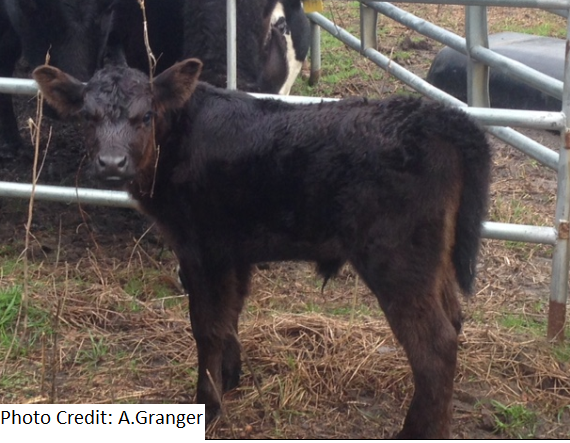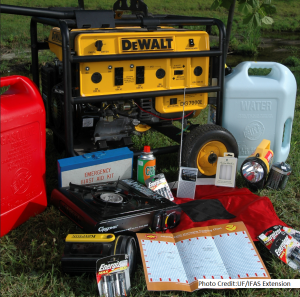-
Preparing for a Disaster – Keeping Your 4-H Project Animals Safe
This time last year, we were helping our 4-H friends all over Florida recover from Hurricane Irma. Hurricane season has been quiet in Florida so far, but that doesn’t mean we need to let our guard down – we still have two more months of hurricane season.
So, what would you do if you didn’t have electricity? How will you care for your 4-H project animals? Do you have an evacuation plan? Answers to these questions become major issues when dealing with disasters.
Disasters can be natural/weather-related, man-made or accidental. Regardless of the type, it’s important to be prepared and has a plan for you and your animals.
Plan for Your Animal’s Safety
Whether you evacuate or shelter in place, here are a few considerations:
- Be ready to leave once the evacuation is ordered.
- Evacuate animals as soon as possible.
- Your project animal won’t be able to stay with you in a shelter like a dog or a can.
- Know where safe livestock facilities are in your area or along your evacuation route.
- If you can’t evacuate, decide if you’re keeping animals confined to a barn or turning them out into pastures.
- Barn confinement may become dangerous and take away the animal’s ability to protect themselves.
- Pastures should be at least one acre in size with no potential hazards (barbed wire, power-lines, polls or items that can be picked up by the wind).
 Disaster Preparedness for Livestock – Why Livestock Owners Need to Be Prepared
Disaster Preparedness for Livestock – Why Livestock Owners Need to Be PreparedThe Florida Department of Agriculture and Consumer Services (FDACS) has some suggested guidelines about preparing livestock and horses for disasters:
- Check with your local humane organization, extension office or local emergency management agency to read about your county disaster response plans.
- Determine safe evacuation routes for trailers and livestock.
- Prepare a Farm Disaster Kit and Basic First-Aid Kit. Remember, supplies during or after the disaster may be in short supply, or roadways may be blocked. Keep kits up-to-date, keep them on-site and in your vehicle.
- A vaccination and test records (Coggins, health certificates, etc.)
- A list of all animals, where they are located on the farm and feeding instructions/records
- Sanitation items, cell phone, flashlights, portable radios, and batteries.
- Have feed, water, handling equipment, tools, veterinary supplies and a generator (with fuel) on hand if possible.
- Make a list of emergency numbers – veterinarian, neighbors, state veterinarian, animal shelter, county extension office, local volunteer organizations and someone outside of the disaster area.
- Make sure you have proof of animal ownership. Have temporary ID supplies on hand like permanent markers and plastic bands that are safe, durable and visible. ID should include your name, address, and telephone number.
- Poultry needs access to high areas to perch if you’re in an area susceptible to flooding. Provide access to clean water and food.
- Remove barbed wire or another fencing so animals can move to areas of safety during flooding or high winds.
- Store water in large containers (enough for a week) such as troughs, swimming pools or boats
- Secure items that might be picked up and thrown by the wind like pieces of metal, troughs, tanks or trailers.
- Ensure there is safe shelter, fencing or pens.
- Keep animals in groups they’re used to where they are securely contained and protected from the elements.
Resources:
- General Information from FDACS
- Disaster Preparedness for Livestock – Why Livestock Owners Need to Be Prepared
- Animal-Related Emergency Response
- Disaster Preparation
- Emergency Considerations for Beef Cattle
- Florida 4-H Animal Science Projects
For more information about 4-H, contact your local UF/IFAS County Extension Office. If you are an adult or teen with skills or knowledge you’d like to share, ask about becoming a 4-H volunteer!

Author: amgranger – amgranger@ufl.edu
 0
0


